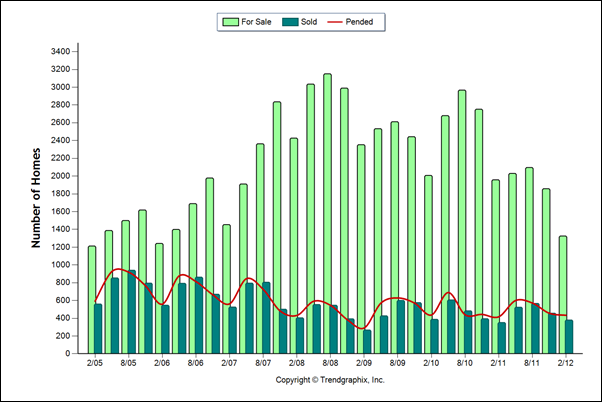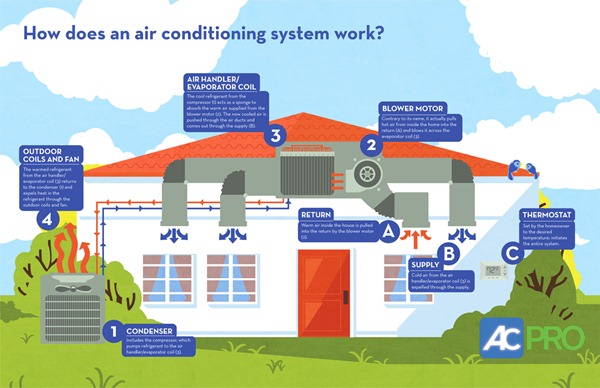 An improving economy is contributing to a gradual rebound in home prices across the country, according to mortgage giant Freddie Mac’s 2012 Economic Outlook report, released Wednesday. But there is still a way to go in the road to recovery for the housing market, the report noted.
An improving economy is contributing to a gradual rebound in home prices across the country, according to mortgage giant Freddie Mac’s 2012 Economic Outlook report, released Wednesday. But there is still a way to go in the road to recovery for the housing market, the report noted.
“The housing market is showing some signs of shaking off the depression-like conditions that have plagued it for much of the past few years,” according to the report. “As if awakening from hibernation, housing starts and home sales moved to higher levels of activity.”
In fact, the signs have prompted Freddie Mac to revise its forecast upwards for home sales and originations. One economic contributor that’s helping to stabilize housing: The drop in the unemployment rate to 8.3 percent, its lowest level in three years, according to the report.
“A variety of encouraging indicators suggest that the housing market may be feeling a nascent recovery … and more neighborhoods may see a stabilization in overall demand and housing values this spring,” says Frank Nothaft, Freddie Mac’s chief economist.
Median home sale prices are up, despite a slight drop in new and existing home sales, Freddie Mac reports. About a half of the increase in housing starts has been for construction of rental apartments in multi-unit buildings to meet the increasing demand, the report notes. New rental construction, at its current pace, is expected to reach its highest level since 2005.
“Housing starts continue to run below net household formations [and will allow for absorption of existing vacant homes],” according to the report.
Source: “Freddie Mac: Economic Growth Expected to Stabilize Housing Market,” Dow Jones Newswires (March 28, 2012)






































![A 44-Point SEO Checklist to Help Improve Your Process [Infographic]](http://www.emmanuelfonte.com/wp-content/uploads/2023/08/SEO-678x226.png)


